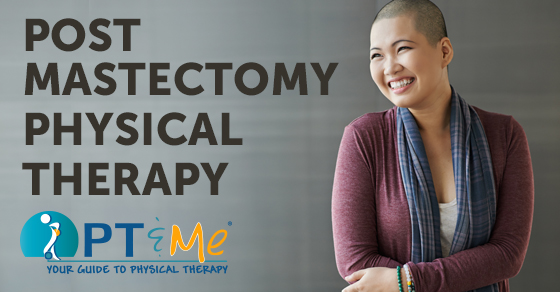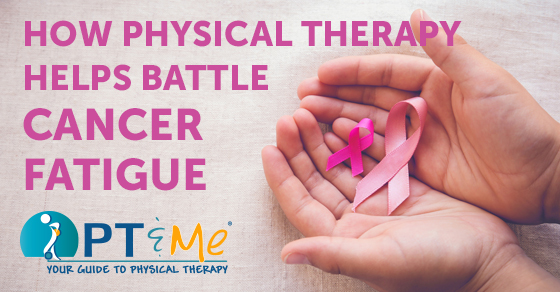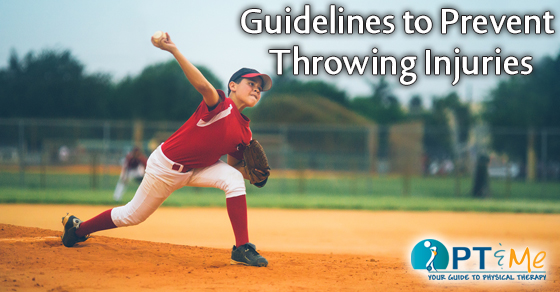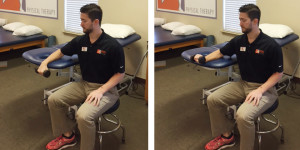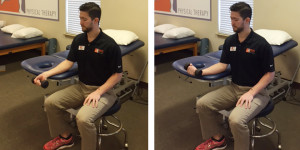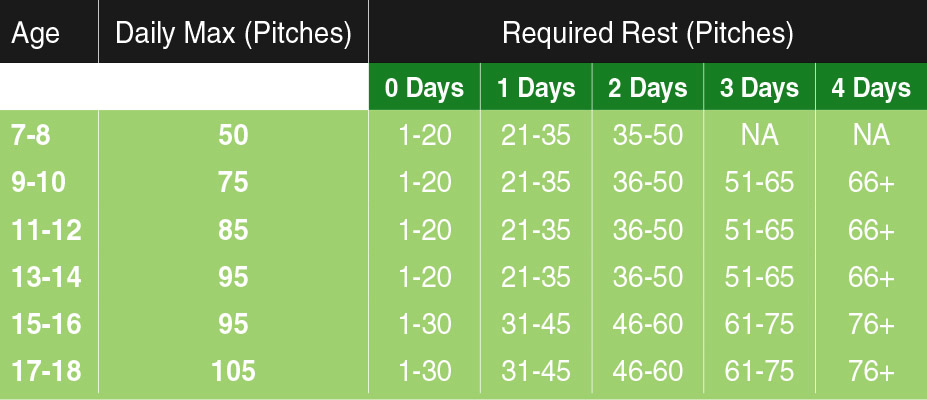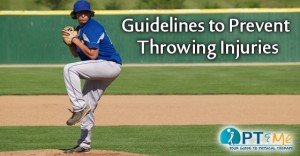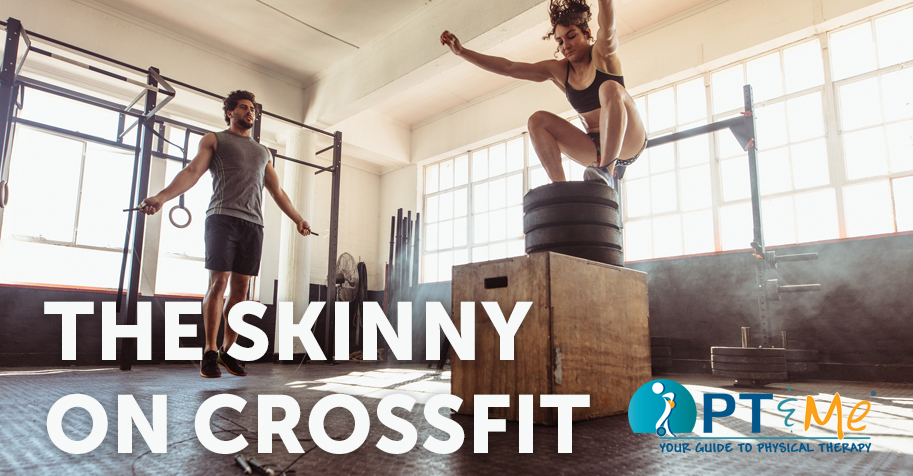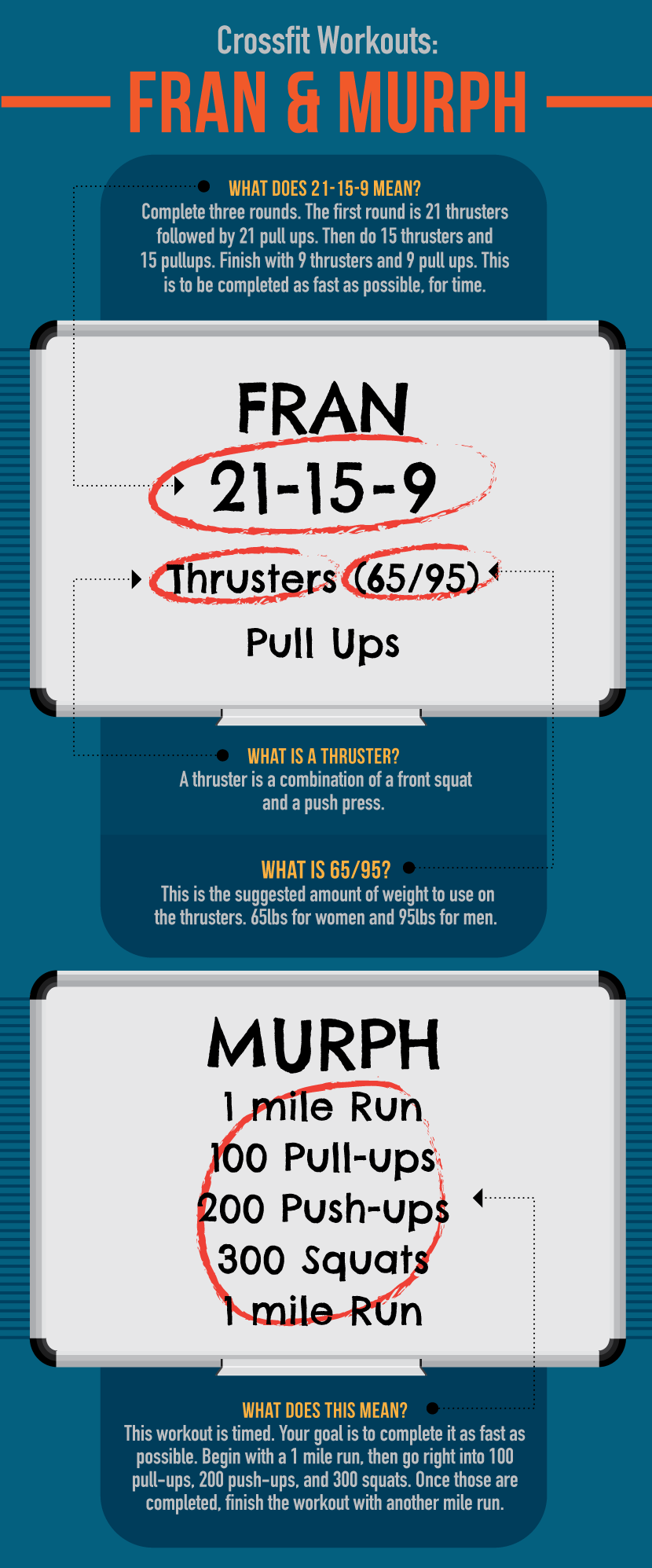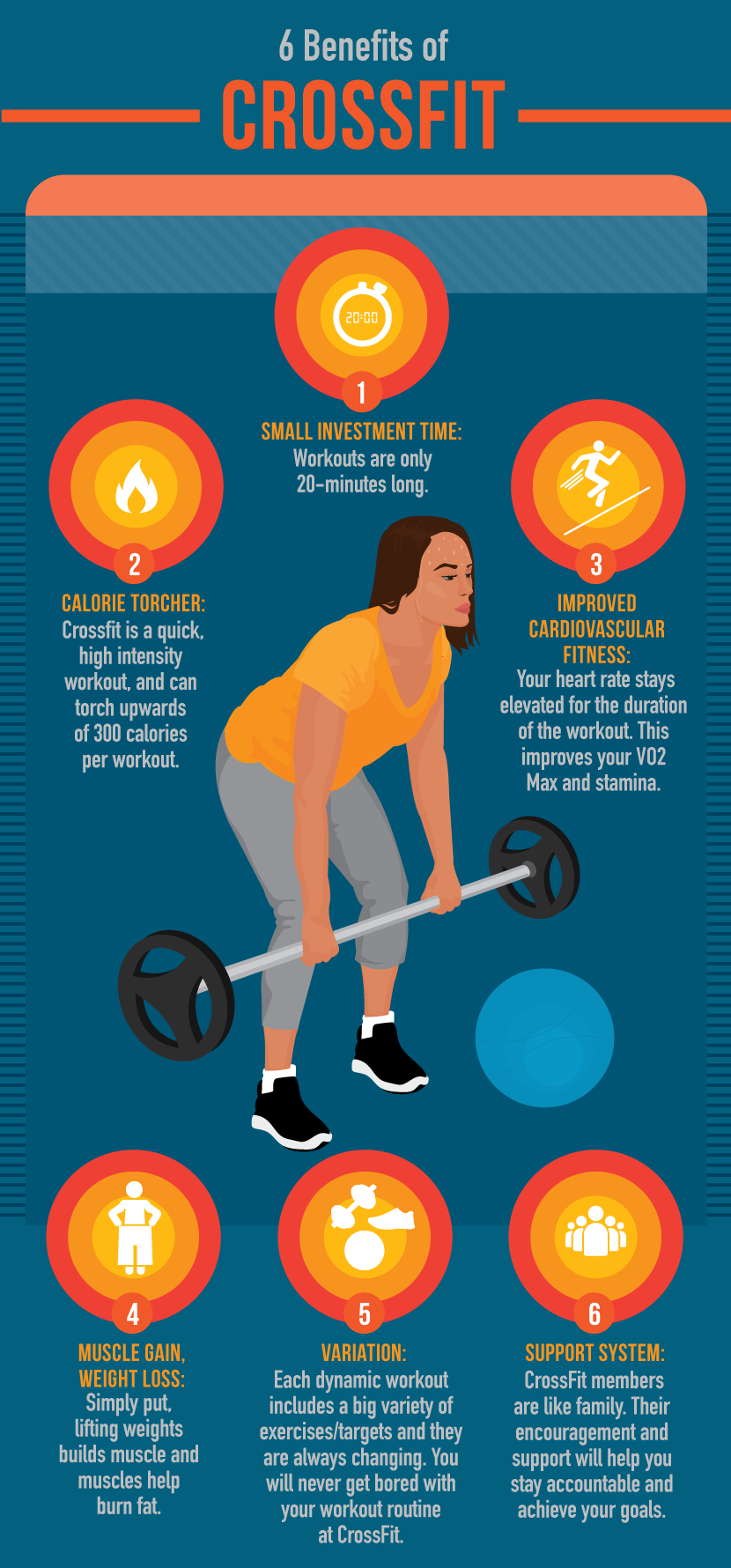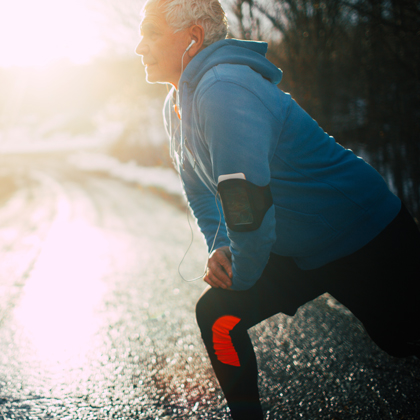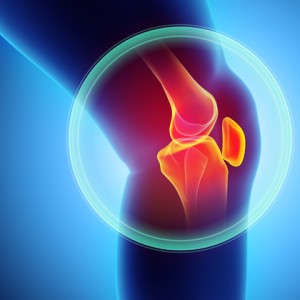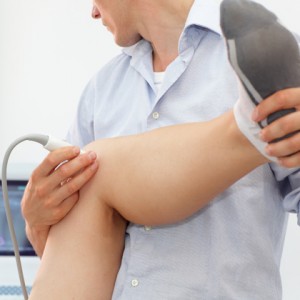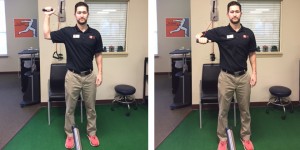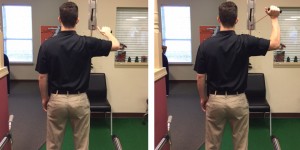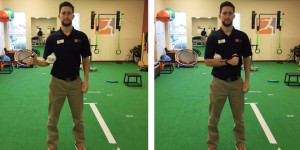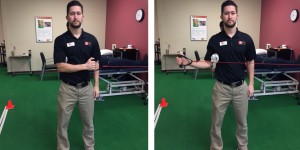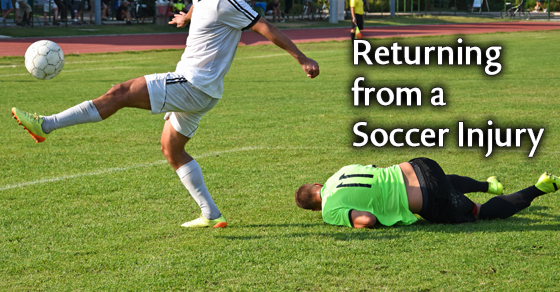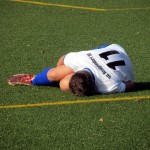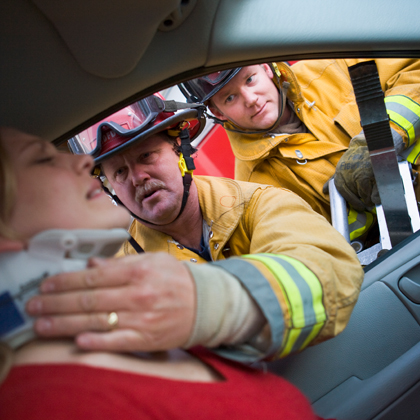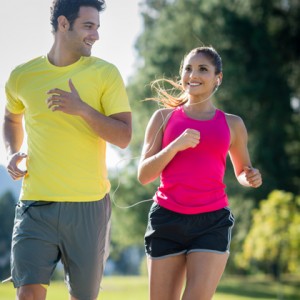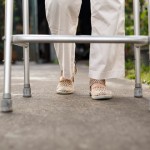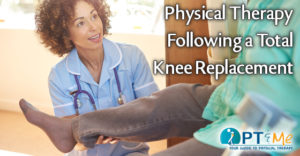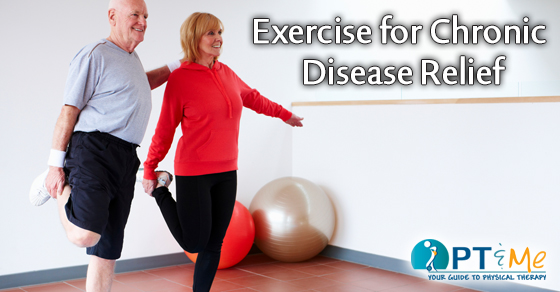
For people in need of chronic disease relief, exercise can decrease discomfort, improve daily functioning, and enhance overall quality of life. There are many activity choices. Overall, find something that you enjoy doing and a place that is comfortable for you to do it in. Although being physically active is good for anyone, some exercises provide specific benefits. Here is how different types of exercise can help people with specific chronic diseases.
CHRONIC DISEASE RELIEF : TYPES OF EXERCISE
There are 3 basic categories of exercise:
Aerobic Exercise
These are exercises that raise your heart rate through repetitive movement of large muscles groups. The 2 types of aerobic exercise are:
- Weightbearing exercise —Your muscles work against the force of gravity. Examples include jogging, walking, and dancing.
- Non-weightbearing exercise —The force of gravity does not play a major role. Examples include biking, swimming, and rowing.
Strength Training Exercise
These are exercises that increase the power, tone, and efficiency of individual muscles by contracting isolated muscles against resistance. An example is lifting weights. The increase in heart rate is short-lived compared to aerobic exercise.
Stretching
These are exercises that improve or maintain the flexibility of your muscles. Good flexibility is important to keeping a full range of motion and decreasing your chances of injury. Ideally, you should stretch after each exercise session.
DISEASE IMPACT
Overall, all 3 types of exercises are important in a chronic disease relief program. However, the list below demonstrates how a certain types of exercise can directly impact your specific health condition.
Heart Disease
Researchers and healthcare professionals have found that regular exercise reduces the risk of having a heart attack, particularly for people with coronary artery disease (CAD).
Specific benefits of exercise for people with heart disease include:
- Stronger heart muscle
- Reduced cholesterol
- Reduced plaque build-up inside the arteries
- Better weight and blood pressure control
Type of exercise that can reduce risk of heart disease and heart attack: Aerobic
High Cholesterol
Cholesterol is found in cells throughout your body. Although it tends to get a bad rap, cholesterol is actually essential for life. It only contributes to heart disease when you have too much of certain types of cholesterol or too little of other types.
Exercise can help reduce cholesterol, and even better, it can help raise your HDL (good) cholesterol. Aim for at least 30 minutes of exercise most days of the week. Even short, 10-minute spurts of exercise can help. Exercise also has the added benefit of weight loss, which can also help to lower cholesterol levels.
Type of exercise that has been shown to improve cholesterol levels: Aerobic
Diabetes
Diabetes is a disorder of the body’s insulin production and usage, and it is a major risk factor for coronary artery disease. If there is not enough insulin, glucose (fuel for all cells) cannot get from the blood to the cells. As a result, the body is essentially starved and the glucose builds up in the blood. Exercise can make the cells more sensitive to insulin, and more glucose can move from the blood into cells.
Since exercise changes the way your body reacts to insulin, you may need to check your blood sugar before and after exercising. Talk to your doctor before you begin an exercise program to learn about what your levels should be.
Types of exercise that influence insulin sensitivity and cardiovascular risk factors: Aerobic and strength training
High Blood Pressure
The risk of high blood pressure increases as we age. Exercise can help to lower your risk and even control your blood pressure if it’s already high. Exercise helps with blood pressure by making your heart work more efficiently. This means your heart does not have to work as hard to pump blood, so there is less pressure on your arteries.
A good target for blood pressure is 120/80 mm Hg. Adding moderate physical activities to your normal routines can help you get there. You should aim for at least 30 minutes of aerobic activity on most days of the week. Even several 10-minute spurts throughout the day can help.
Types of exercise that have been shown to lower blood pressure: Aerobic and strength training
Stroke
A stroke occurs when not enough blood is reaching part of the brain. This causes the cells in that area to die. People who have already had a stroke are at increased risk for recurrent stroke or other cardiovascular problems.
A stroke can create some physical impairments. Exercise may improve strength and coordination of the affected muscles. Exercise recommendations may vary depending on the severity of the stroke and the person’s limitations.
Type of exercise for stroke recovery: Aerobic, strength training, and stretching
Cancer
Studies suggest that people with cancer who do not have depression have a better chance of survival than those who do. Exercise is a great way to avoid depression and improve your overall mood. It’s not clear exactly how exercise impacts mood, but it probably works by causing the brain to release chemicals, like endorphins, and increase body temperature, which can have a calming effect.
Types of exercise found to boost energy and mood: Aerobic and strength training
Lung Disease
Chronic obstructive pulmonary disease (COPD), including emphysema and chronic bronchitis, is the most common form of lung disease in adults. Exercise improves activity levels and decreases symptoms.
Types of exercise shown to improve respiratory ability: Aerobic
Arthritis
Continuous motion is essential for the health of your joints, especially arthritic ones. Regular exercise promotes strength and flexibility, and helps preserve the resiliency of joint surfaces.
Types of exercise shown to improve joint health: Nonweightbearing aerobic, strength training, and stretching (water exercises are ideal)
Osteoporosis
Osteoporosis is a bone-thinning disease that can lead to fractures. Weightbearing exercises maintain bone density and strength by tipping the balance in favor of bone formation. Weightbearing activities include walking, jogging, hiking, dancing, stair climbing, tennis, and other activities that you do while on your feet.
Type of exercise shown to improve bone density: Weightbearing aerobic and strength training
In any condition, a well-rounded exercise program will have all 3 types of exercise involved. Aerobic exercise will increase your endurance and ability to get through longer workouts. Strength training will build muscle strength and allow you to tolerate higher intensities as well improve balance and agility. Stretching can decrease stiffness and increase mobility.
Talk to your doctor before beginning any exercise program. You can also consult with an exercise specialist to help you develop a routine.
by Carrie Myers Smith, BS
RESOURCES:
National Institutes of Health
http://www.nih.gov
The American Orthopaedic Society for Sports Medicine
http://www.aossm.org
CANADIAN RESOURCES:
Canadian Society of Exercise Physiology
http://www.csep.ca
Healthy Canadians
http://www.healthycanadians.gc.ca
REFERENCES:
Depression. EBSCO DynaMed website. Available at: http://www.ebscohost.com/dynamed. Updated February 11, 2016. Accessed March 23, 2016.
Exercises for arthritis. Arthritis Foundation website. Available at: http://www.arthritis.org/living-with-arthritis/exercise/. Accessed March 23, 2016.
Fagard RH. Exercise characteristics and the blood pressure response to dynamic physical training. Med Sci Sports Exerc 33. S484-S492; 2001.
Gordon NF, Gulanick M, Costa F, Fletcher G, Franklin BA, Roth EJ, Shephard T. AHA scientific statement: Physical activity and exercise recommendations for stroke survivors. Circulation. 2004;109: 2031-2041. Circulation website. Available at: http://circ.ahajournals.org/content/109/16/2031.full. Accessed March 23, 2016.
Junnila JL, Runkle GP. Coronary artery disease screening, treatment, and follow-up. Primary Care: Clinics in Office Practice. 2006 Dec; 33(4).
Onitilo AA, Nietert PJ, Egede LE. Effect of depression on all-cause mortality in adults with cancer and differential effects by cancer site. Gen Hosp Psychiatry. 2006 Sep; 28(5): 396-402.
Physical activity for cardiovascular disease prevention. EBSCO DynaMed website. Available at: http://www.ebscohost.com/dynamed. Updated December 21, 2015. Accessed March 23, 2016.
Physical activity guidelines for Americans. EBSCO DynaMed website. Available at: http://www.ebscohost.com/dynamed. Updated January 9, 2013. Accessed March 23, 2016.
Weightbearing exercise for women and girls. American Academy of Orthopaedic Surgeons Ortho Info website. Available at: http://orthoinfo.aaos.org/topic.cfm?topic=A00263. Updated October 2007. Accessed March 23, 2016.
Last reviewed March 2016 by Michael Woods, MD Last Updated: 5/8/2014
EBSCO Information Services is fully accredited by URAC. URAC is an independent, nonprofit health care accrediting organization dedicated to promoting health care quality through accreditation, certification and commendation.



